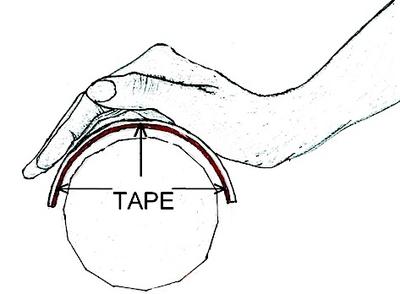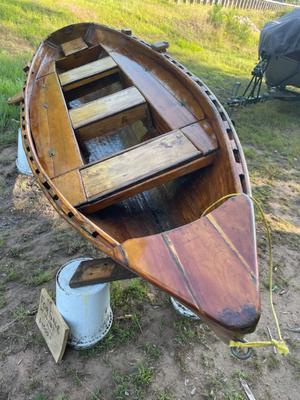6 meter sailboat
by Fred
(Michigan)
I have an old classic boat built in 1947.
This is a wooden boat and at some point someone covered the boat with fiberglass.
I am stripping the fiberglass because of moisture and replacing part of the stem.
As I have removed some of the planks I noticed there is no cotton caulking, only putty.
I do not plan to replace the fiberglass but rather paint and seal.
My question is, if there is no cotton between the planks is the putty alone going to keep the water out?
It seems either I have to remove the putty and caulk with cotton and putty or I have to replace the fiberglass?
Do I have to caulk only below the water line or the whole boat?
Fred







